Home>Construction & Tools>Building Materials>What Is Faux Brick
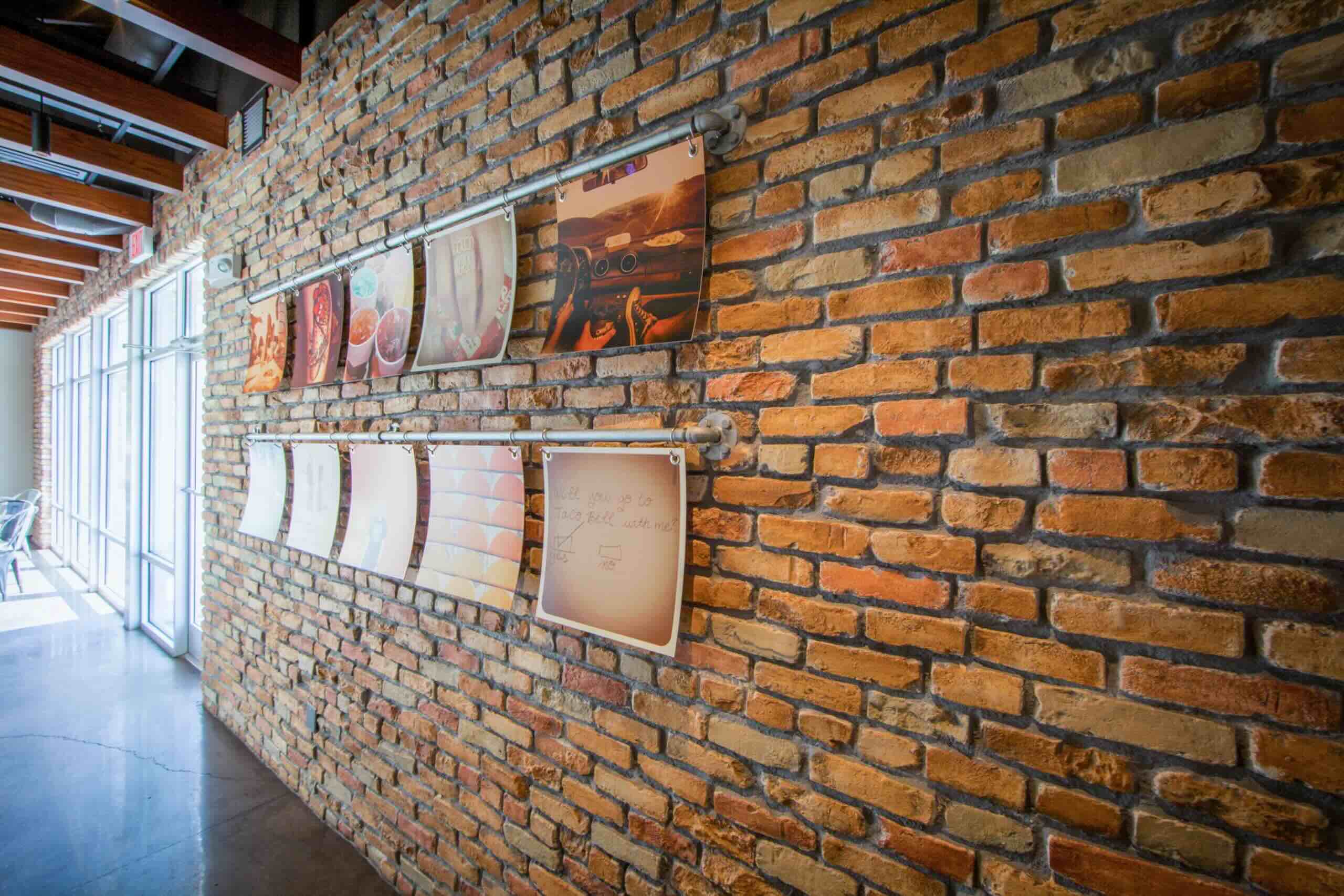

Building Materials
What Is Faux Brick
Published: January 23, 2024
Discover the benefits of faux brick as a versatile and cost-effective building material. Learn how faux brick can enhance your interior and exterior design projects.
(Many of the links in this article redirect to a specific reviewed product. Your purchase of these products through affiliate links helps to generate commission for Storables.com, at no extra cost. Learn more)
Introduction
Welcome to the fascinating world of faux brick, where timeless elegance meets modern practicality. In today's design landscape, the allure of exposed brick has transcended architectural trends, becoming a coveted aesthetic element in both residential and commercial spaces. However, integrating authentic brick into interior and exterior design projects can be a costly and labor-intensive endeavor. This is where faux brick emerges as a compelling alternative, offering the captivating visual appeal of traditional brick without the associated challenges.
Faux brick, derived from the French word "faux" meaning "false" or "fake," encompasses a diverse range of materials and techniques meticulously crafted to replicate the appearance and texture of genuine brick. From the meticulous replication of weathered, centuries-old brickwork to the sleek, contemporary allure of painted brick surfaces, faux brick provides a versatile and customizable solution for accentuating architectural features and establishing distinctive design statements.
In this comprehensive exploration, we delve into the intricacies of faux brick, uncovering its history, diverse forms, advantages, applications, installation methods, and maintenance practices. By the end of this journey, you will gain a profound understanding of the artistry and practicality behind faux brick, empowering you to make informed decisions when incorporating this captivating design element into your living or working spaces. So, let's embark on this enlightening expedition into the captivating realm of faux brick and unravel its timeless allure and contemporary relevance.
Key Takeaways:
- Faux brick offers the timeless charm of traditional brick without the cost and labor, making it a versatile, cost-effective, and customizable design solution for interior and exterior spaces.
- From ancient architectural mimicry to modern sustainability, faux brick combines history, versatility, and practicality, infusing spaces with enduring charm and tactile appeal.
Read more: How To Make A Faux Brick Wall
Definition of Faux Brick
At its core, faux brick embodies a masterful fusion of artistry and engineering, culminating in the creation of imitation brick surfaces that closely resemble the visual and tactile characteristics of genuine brick. Crafted from an array of materials such as high-density polyurethane, fiberglass, and even genuine clay, faux brick panels and veneers are meticulously designed to emulate the texture, color variations, and irregularities inherent in traditional brickwork.
One of the defining features of faux brick lies in its remarkable versatility, allowing for the recreation of diverse brick styles, including weathered, tumbled, or handcrafted brick, each exuding its unique charm and character. Moreover, the manufacturing processes employed in producing faux brick afford designers and homeowners the freedom to customize the appearance of the faux brick to suit specific architectural themes and design preferences.
Embracing faux brick as a design element not only presents an opportunity to infuse spaces with the timeless appeal of brick but also enables the exploration of innovative applications, such as curved walls, intricate patterns, and seamless integration with other materials. The adaptability of faux brick extends beyond its visual appeal, as it also offers practical benefits, including lightweight construction, ease of installation, and exceptional durability, making it an attractive choice for interior and exterior design endeavors.
By harnessing advanced manufacturing techniques and material innovation, faux brick has transcended the realm of mere imitation, evolving into a sophisticated design solution that seamlessly blends aesthetic allure with functional advantages. This transformative journey has positioned faux brick as a compelling option for those seeking to infuse spaces with the enduring charm of brickwork while navigating the constraints and complexities associated with traditional brick construction.
History of Faux Brick
The evolution of faux brick can be traced back to ancient civilizations where the art of mimicking natural materials, including stone and brick, was employed to adorn architectural marvels. In ancient Egypt, skilled artisans utilized mud and straw to fashion bricks that emulated the appearance of natural stone, enabling the construction of awe-inspiring structures that showcased the grandeur of simulated masonry.
During the Renaissance period, the concept of trompe l’oeil, a painting technique that creates the illusion of three-dimensional objects, gained prominence, inspiring the replication of intricate brickwork on interior and exterior surfaces. This artistic movement laid the foundation for the development of faux finishes, including faux brick, as a means of achieving opulent architectural embellishments without the logistical challenges and expense of authentic materials.
As industrialization revolutionized manufacturing processes, the 19th and 20th centuries witnessed significant advancements in material science, leading to the emergence of novel substances such as plaster and concrete, which could be manipulated to emulate the texture and appearance of brick. This pivotal juncture marked the formalization of faux brick as a viable design solution, offering architects and designers a versatile tool to realize their creative visions in a cost-effective and practical manner.
Fast forward to the contemporary design landscape, faux brick has undergone a renaissance of its own, propelled by technological innovations and a burgeoning demand for sustainable, low-maintenance building materials. The advent of high-quality polymers, composite materials, and advanced molding techniques has elevated the authenticity and durability of faux brick, positioning it as a formidable contender in the realm of architectural cladding and interior design.
Today, the legacy of faux brick endures as a testament to the enduring allure of architectural mimicry, serving as a testament to human ingenuity and the timeless pursuit of harmonizing aesthetics with functionality. The rich historical tapestry of faux brick reflects a perennial fascination with the art of replication, underscoring its enduring relevance in contemporary design and construction practices.
Types of Faux Brick
The realm of faux brick encompasses a diverse array of types, each offering distinct visual and textural characteristics, catering to a myriad of design preferences and architectural styles. From meticulously crafted panels that faithfully replicate the weathered allure of antique brickwork to contemporary renditions that exude sleek sophistication, the spectrum of faux brick types is as expansive as it is captivating.
Panel Faux Brick: Panel faux brick, often constructed from high-density polyurethane or fiberglass, presents an authentic replication of traditional brick surfaces, complete with irregularities, mortar joints, and nuanced color variations. These lightweight and easy-to-install panels are designed to seamlessly interlock, facilitating the creation of expansive brick walls with remarkable ease and efficiency. Whether adorning interior accent walls or exterior facades, panel faux brick offers a compelling blend of visual authenticity and practicality.
Veneer Faux Brick: Veneer faux brick, crafted from materials such as genuine clay or composite blends, represents a versatile solution for integrating the charm of brick into diverse architectural contexts. These thin, flexible veneers can be affixed to various surfaces, including drywall, plywood, or concrete, allowing for the transformation of feature walls, fireplaces, and architectural elements with the timeless allure of brick. Veneer faux brick grants designers the flexibility to explore curved installations and intricate patterns, expanding the creative horizons of faux brick applications.
Painted Faux Brick: Painted faux brick transcends the traditional color palette of brick, offering a contemporary interpretation of this timeless material. By applying specialized paint techniques and finishes, such as distressed or whitewashed effects, painted faux brick empowers designers to infuse spaces with a modern aesthetic while retaining the textural charm of brick surfaces. This form of faux brick serves as a dynamic canvas for creative expression, enabling the customization of brick appearances to harmonize with diverse interior design themes.
Reclaimed Faux Brick: Reclaimed faux brick captures the rustic allure of salvaged brick, replicating the weathered patina and timeworn character of antique masonry. Through meticulous detailing and innovative material formulations, reclaimed faux brick embodies the nostalgic appeal of aged brickwork, evoking a sense of history and authenticity in contemporary design schemes. This type of faux brick is particularly popular in industrial, vintage, and farmhouse-inspired interiors, where its weathered charm adds a layer of timeless elegance.
By embracing the diverse typologies of faux brick, designers and homeowners can embark on a captivating journey of aesthetic exploration, tailoring the visual and tactile qualities of faux brick to harmonize with their design visions and spatial narratives. The versatility and adaptability of faux brick types underscore its enduring relevance as a transformative design element, capable of infusing spaces with the enduring charisma of brickwork while offering practical advantages in construction and renovation projects.
Benefits of Faux Brick
Embracing faux brick as a design element presents a myriad of compelling benefits, transcending its visual allure to encompass practical, economic, and environmental advantages that resonate with designers, architects, and homeowners alike. From its lightweight construction to its sustainability credentials, faux brick stands as a testament to the harmonious convergence of aesthetics and functionality, offering a versatile solution for diverse design and construction endeavors.
Cost-Effective Alternative: Faux brick provides a cost-effective alternative to traditional brick construction, significantly reducing material and labor expenses associated with handling and installing genuine brick. This affordability makes faux brick an accessible option for those seeking to integrate the visual appeal of brick into their design schemes without incurring exorbitant costs.
Lightweight Construction: Unlike authentic brick, faux brick is lightweight, simplifying handling and installation processes while exerting minimal structural load. This characteristic enhances the adaptability of faux brick, allowing for its application in diverse settings, including interior accent walls, exterior facades, and architectural features, without imposing undue strain on building structures.
Customization Flexibility: Faux brick offers unparalleled customization flexibility, enabling designers and homeowners to tailor the appearance, texture, and color of brick surfaces to align with specific design themes and spatial narratives. This adaptability empowers creative expression, facilitating the realization of bespoke design visions through the manipulation of faux brick characteristics.
Durability and Low Maintenance: Faux brick exhibits exceptional durability, resistant to moisture, rot, and pest infestations, ensuring longevity and structural integrity in diverse environmental conditions. Furthermore, faux brick demands minimal maintenance, eliminating the need for periodic sealing or repointing, thus streamlining upkeep efforts and associated costs.
Sustainable Construction: The production of faux brick often entails the utilization of recycled materials and sustainable manufacturing practices, aligning with eco-conscious design principles. By opting for faux brick, designers contribute to the reduction of environmental impact while promoting the use of sustainable building materials in architectural and interior design endeavors.
Seamless Installation: Faux brick panels and veneers are designed for seamless installation, facilitating swift and efficient application on various surfaces. This expedites construction timelines, enabling the timely completion of design projects without compromising the visual authenticity and structural integrity of faux brick installations.
By harnessing these multifaceted benefits, faux brick emerges as a versatile and pragmatic design solution, transcending its role as a mere aesthetic embellishment to become an indispensable element in contemporary design and construction practices. The amalgamation of cost-efficiency, sustainability, and adaptability positions faux brick as a compelling choice for those seeking to infuse spaces with the timeless allure of brickwork while navigating the logistical and financial constraints associated with traditional brick construction.
Faux brick is a type of wall covering that mimics the look of real brick but is made from materials like foam or vinyl. It’s a cost-effective way to add a rustic or industrial look to your space without the weight and expense of real brick.
Read more: How To Paint A Faux Brick Wall
Applications of Faux Brick
The versatility and visual allure of faux brick render it a coveted design element with a diverse spectrum of applications, spanning residential, commercial, and hospitality environments. Whether employed as a focal point in interior design or as a striking architectural cladding on exterior facades, faux brick lends itself to a myriad of creative applications, infusing spaces with a timeless aesthetic charm and tactile appeal.
Interior Accent Walls: Faux brick serves as a captivating focal point in interior design, adorning accent walls in living rooms, bedrooms, and dining areas. The textured allure of faux brick imbues spaces with warmth and character, creating a visually compelling backdrop for furniture and decor while evoking a sense of rustic elegance.
Fireplace Surrounds: The application of faux brick on fireplace surrounds introduces a rustic, cozy ambiance to living spaces, evoking the charm of traditional masonry without the logistical complexities of authentic brick construction. Faux brick fireplace surrounds serve as captivating focal points, infusing interiors with a timeless allure and tactile appeal.
Exterior Facades: Faux brick panels and veneers offer a striking solution for embellishing exterior facades, imparting a sense of architectural grandeur and historical charm. Whether adorning the exteriors of residential homes, commercial establishments, or hospitality venues, faux brick elevates the visual impact of buildings, imparting a timeless appeal that resonates with admirers and occupants alike.
Commercial Interiors: In commercial settings, faux brick finds application in diverse spaces, including retail stores, restaurants, and office environments, where its textured allure and versatile aesthetic complement a range of design themes. From industrial-chic retail interiors to rustic-themed dining establishments, faux brick serves as a captivating design element that fosters immersive, engaging environments.
Architectural Features: Faux brick enables the creation of captivating architectural features, such as archways, columns, and accent details, infusing spaces with a sense of historical elegance and artisanal craftsmanship. These architectural flourishes showcase the adaptability of faux brick in realizing bespoke design elements that contribute to the overall visual narrative of interior and exterior spaces.
Backsplashes and Kitchen Islands: The incorporation of faux brick in kitchen design introduces a rustic, inviting ambiance, enhancing the visual appeal of backsplashes and kitchen islands. Faux brick surfaces infuse culinary spaces with warmth and character, creating a captivating juxtaposition of traditional charm and contemporary functionality.
By embracing these diverse applications, designers and homeowners unlock the transformative potential of faux brick, harnessing its timeless allure and tactile charm to realize captivating interior and exterior environments. The adaptability and visual impact of faux brick underscore its enduring relevance as a versatile design element that transcends conventional boundaries, enriching spaces with an enduring aesthetic and textural charisma.
Installation of Faux Brick
The installation of faux brick entails a meticulous process that demands precision, attention to detail, and a comprehensive understanding of the structural and aesthetic considerations inherent in integrating this captivating design element into interior and exterior spaces. Whether employing panel faux brick or veneer faux brick, the installation procedures are tailored to ensure seamless, durable, and visually authentic outcomes, culminating in the transformation of spaces with the timeless allure of brickwork.
Surface Preparation: Prior to installing faux brick, the underlying surface must be thoroughly prepared to ensure optimal adhesion and structural integrity. This involves cleaning the surface to remove debris, dust, and contaminants, and addressing any imperfections or irregularities that may compromise the installation process and the long-term performance of the faux brick.
Layout Planning: Careful planning of the faux brick layout is essential to achieve symmetrical patterns, seamless transitions, and optimal visual impact. Designers and installers meticulously plan the placement of faux brick panels or veneers, accounting for architectural features, corners, and openings to ensure a cohesive and visually appealing installation.
Adhesive Application: Faux brick panels and veneers are affixed to the prepared surface using specialized construction adhesives, ensuring secure and durable attachment. The application of the adhesive demands precision and adherence to recommended techniques to guarantee uniform coverage and robust bonding between the faux brick and the substrate.
Panel Interlocking: In the case of panel faux brick, interlocking mechanisms are employed to seamlessly connect individual panels, creating cohesive, expansive brick surfaces. The interlocking design facilitates swift and efficient installation, enabling installers to achieve consistent joint spacing and alignment for a visually authentic presentation.
Grouting and Finishing: Once the faux brick panels or veneers are securely affixed, grouting compounds are utilized to fill the mortar joints, enhancing the authentic appearance of the brickwork. The grouting process demands meticulous attention to detail to achieve uniformity and visual coherence, culminating in a finished presentation that closely emulates traditional brick surfaces.
Sealing and Protection: Depending on the specific faux brick material and installation environment, sealing compounds may be applied to enhance durability, moisture resistance, and color retention. This protective measure safeguards the faux brick against environmental factors and facilitates ease of maintenance, ensuring the longevity and pristine appearance of the installed faux brick surfaces.
By adhering to these meticulous installation procedures, designers and installers realize the transformative potential of faux brick, infusing spaces with the enduring charm and tactile allure of brickwork. The harmonious integration of faux brick demands a synthesis of technical expertise and design acumen, culminating in visually captivating and structurally robust installations that resonate with admirers and occupants alike.
Maintenance of Faux Brick
Embracing faux brick as a design element introduces a compelling blend of timeless charm and practical durability, culminating in surfaces that exude the visual allure of traditional brickwork while demanding minimal maintenance. By adhering to simple upkeep practices, designers and homeowners can preserve the pristine appearance and structural integrity of faux brick installations, ensuring enduring aesthetic appeal and longevity.
Regular Cleaning: Routine cleaning is essential to uphold the visual allure of faux brick surfaces. Dust, dirt, and airborne particles can accumulate on the textured surfaces of faux brick, diminishing their luster over time. Utilizing a soft-bristled brush or a vacuum cleaner with a brush attachment, gently remove surface debris from the faux brick to maintain its cleanliness and visual appeal.
Stain Removal: In the event of stains or spills on faux brick surfaces, prompt action is crucial to prevent discoloration or permeation of the material. Mild detergent solutions or specialized brick cleaners can be employed to gently scrub stained areas, followed by rinsing with clean water to eliminate residue and restore the pristine appearance of the faux brick.
Sealing Maintenance: Depending on the specific faux brick material and installation environment, periodic resealing may be necessary to fortify the surfaces against moisture infiltration and color fading. By adhering to recommended resealing intervals and utilizing appropriate sealing compounds, designers and homeowners safeguard the longevity and visual vibrancy of faux brick installations.
Inspection and Repair: Regular inspection of faux brick surfaces allows for the early detection of any signs of damage, deterioration, or loose components. Addressing such issues promptly through repair and reattachment of faux brick panels or veneers prevents exacerbation of the damage and ensures the structural integrity of the installations.
Protection from Physical Impact: Faux brick surfaces should be shielded from physical impact or abrasion to prevent chipping, cracking, or dislodgment of individual components. Implementing protective measures, such as furniture pads and barrier installations, safeguards faux brick from inadvertent damage, preserving its pristine appearance and structural robustness.
Environment-Specific Care: Tailoring maintenance practices to the specific environmental conditions and usage patterns of faux brick installations is imperative. In high-moisture areas, such as bathrooms or kitchens, ensuring adequate ventilation and periodic inspection for moisture-related issues is vital to preserve the integrity of faux brick surfaces.
By adhering to these straightforward maintenance practices, designers and homeowners uphold the enduring allure and structural resilience of faux brick installations, ensuring that these captivating surfaces continue to enrich interior and exterior environments with their timeless charm and tactile appeal.
Conclusion
As we conclude our immersive exploration of faux brick, we emerge with a profound appreciation for this captivating design element, which seamlessly marries timeless allure with modern practicality. From its humble origins in ancient architectural mimicry to its contemporary manifestation as a versatile, sustainable, and visually captivating solution, faux brick stands as a testament to the enduring appeal of architectural replication.
The journey through the realm of faux brick has unveiled its multifaceted nature, encompassing diverse types, applications, and maintenance considerations that collectively underscore its versatility and enduring relevance in contemporary design and construction practices. The visual and tactile allure of faux brick serves as a compelling testament to human ingenuity and the perpetual quest to harmonize aesthetics with functionality, transcending the realm of mere imitation to become a transformative design element in its own right.
By embracing faux brick, designers and homeowners unlock a world of creative possibilities, where the rustic charm of traditional brickwork converges with the adaptability and sustainability of modern construction materials. Whether adorning interior accent walls, embellishing exterior facades, or infusing commercial interiors with historical elegance, faux brick emerges as a captivating canvas for design expression, fostering immersive and engaging environments that resonate with admirers and occupants alike.
Moreover, the pragmatic advantages of faux brick, including its cost-effective nature, lightweight construction, and minimal maintenance requirements, position it as a formidable contender in the realm of architectural cladding and interior design. The enduring allure of faux brick, coupled with its practical benefits, renders it an indispensable asset for those seeking to infuse spaces with the timeless charisma of brickwork while navigating the logistical and financial constraints associated with traditional brick construction.
As we bid adieu to this enlightening expedition into the captivating realm of faux brick, we carry with us a profound understanding of its historical legacy, diverse typologies, and transformative potential. Faux brick stands as a testament to the enduring fascination with architectural mimicry, serving as a bridge between tradition and innovation, history and contemporary relevance. It is a testament to the enduring appeal of architectural mimicry, serving as a bridge between tradition and innovation, history and contemporary relevance.
With its timeless allure and modern practicality, faux brick continues to weave its narrative into the fabric of design and construction, enriching spaces with a tactile charisma that transcends temporal and spatial boundaries. As we venture forth, let us carry the enduring allure of faux brick, embracing its transformative potential and timeless charm in our design endeavors, and perpetuating its legacy as a captivating design element that resonates with the human spirit.
Frequently Asked Questions about What Is Faux Brick
Was this page helpful?
At Storables.com, we guarantee accurate and reliable information. Our content, validated by Expert Board Contributors, is crafted following stringent Editorial Policies. We're committed to providing you with well-researched, expert-backed insights for all your informational needs.
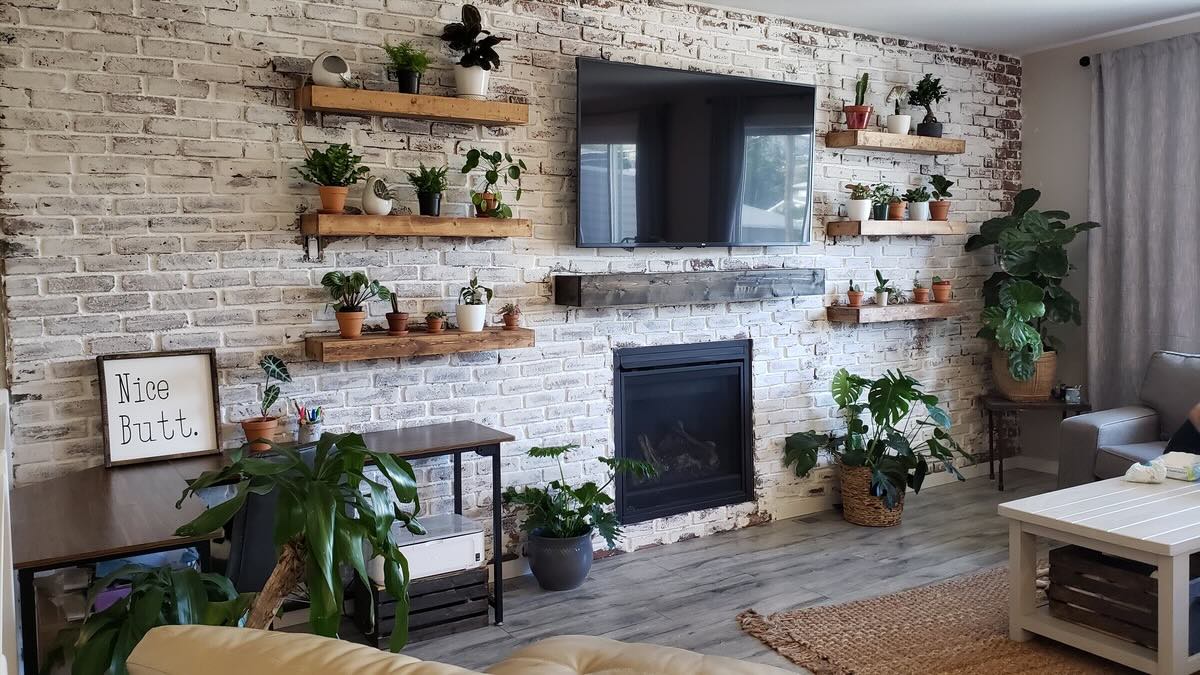
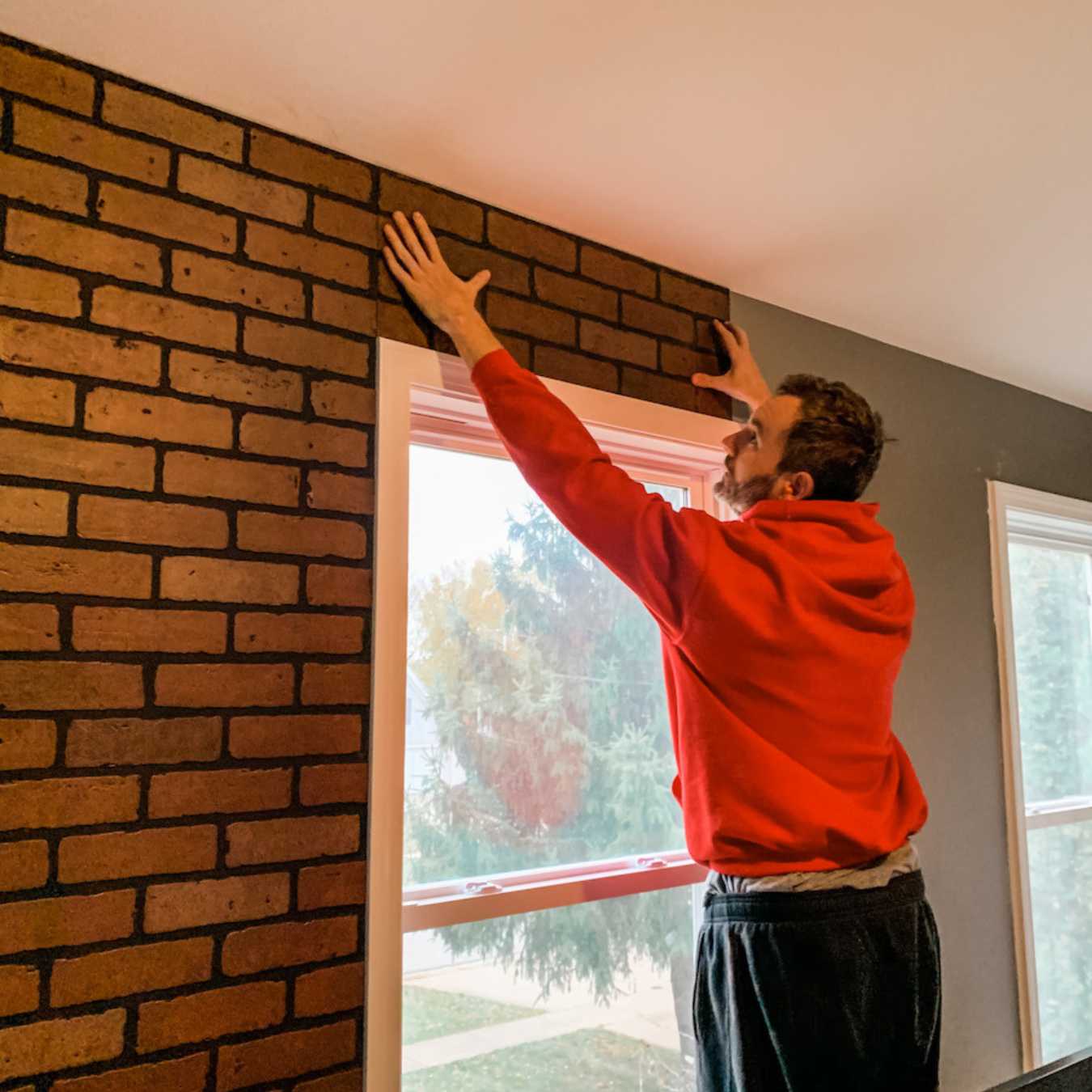
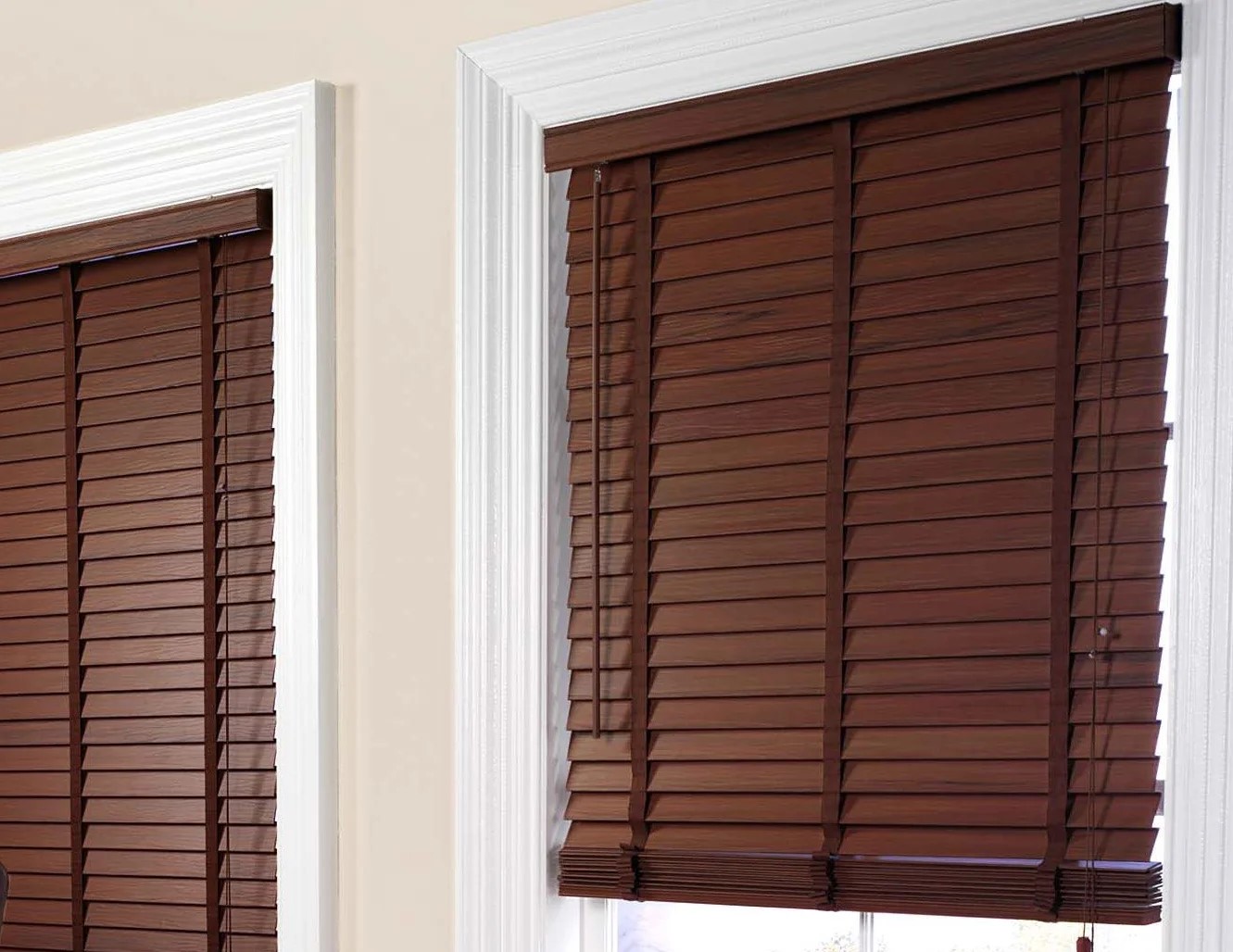

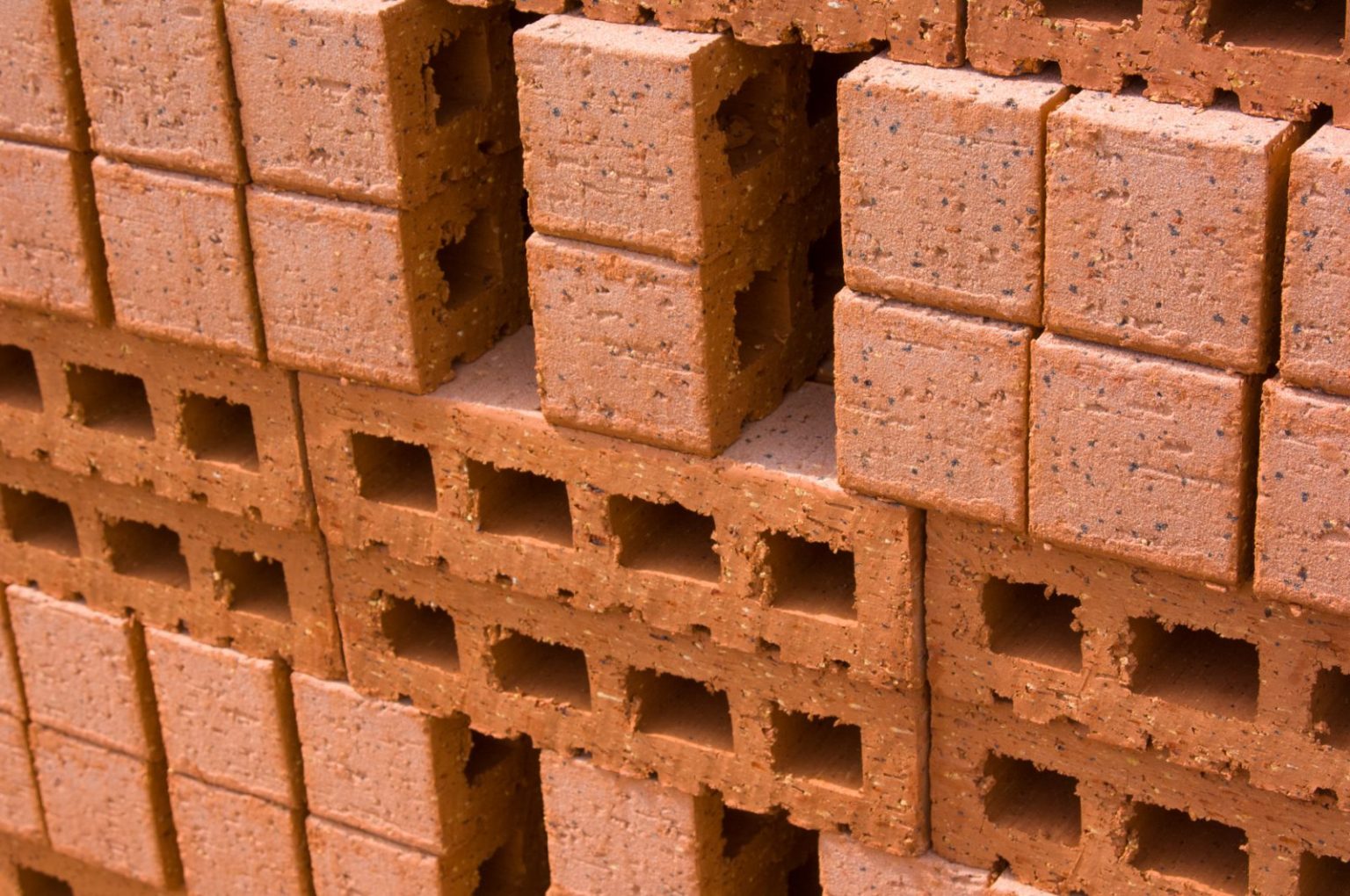
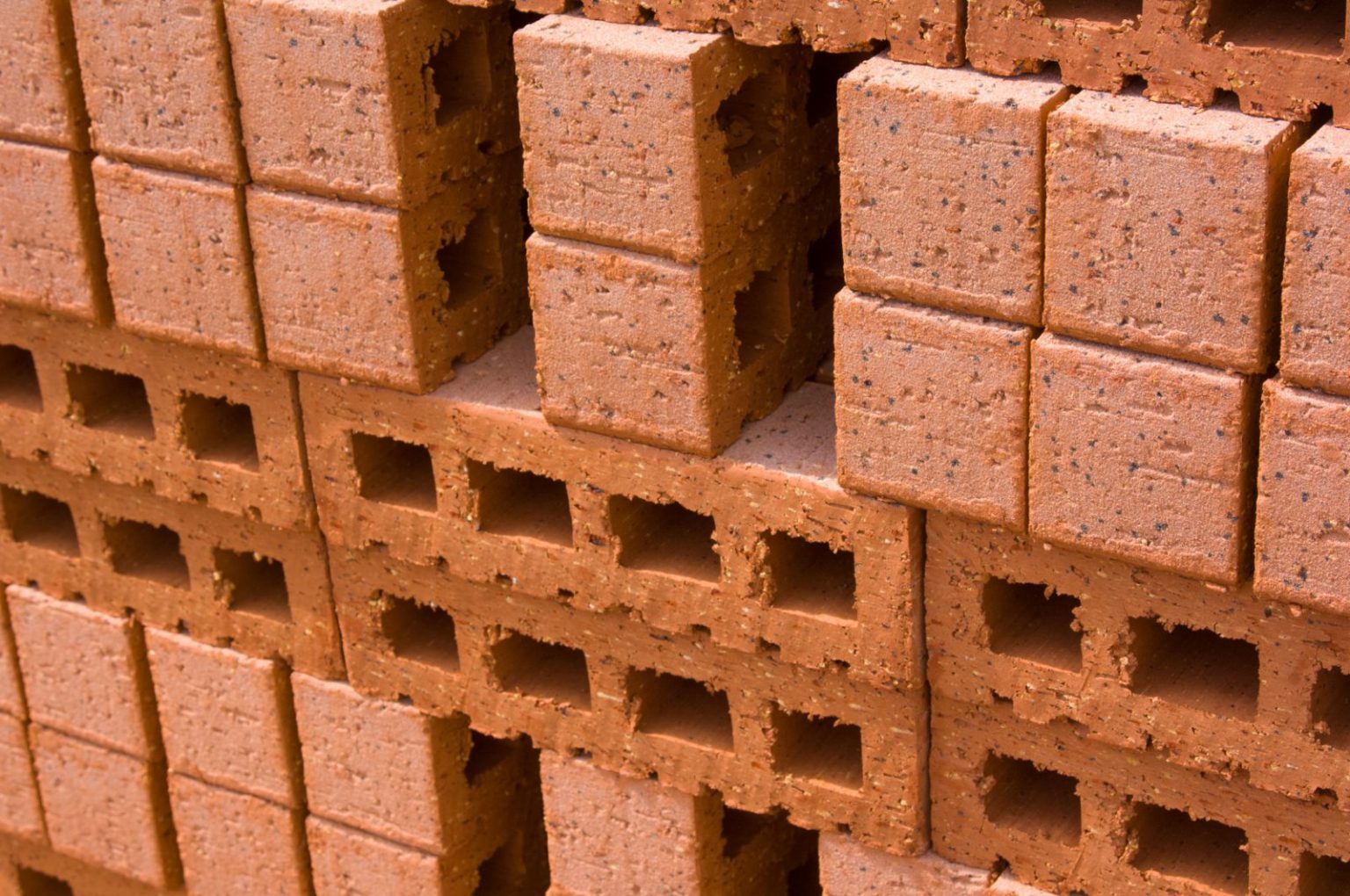
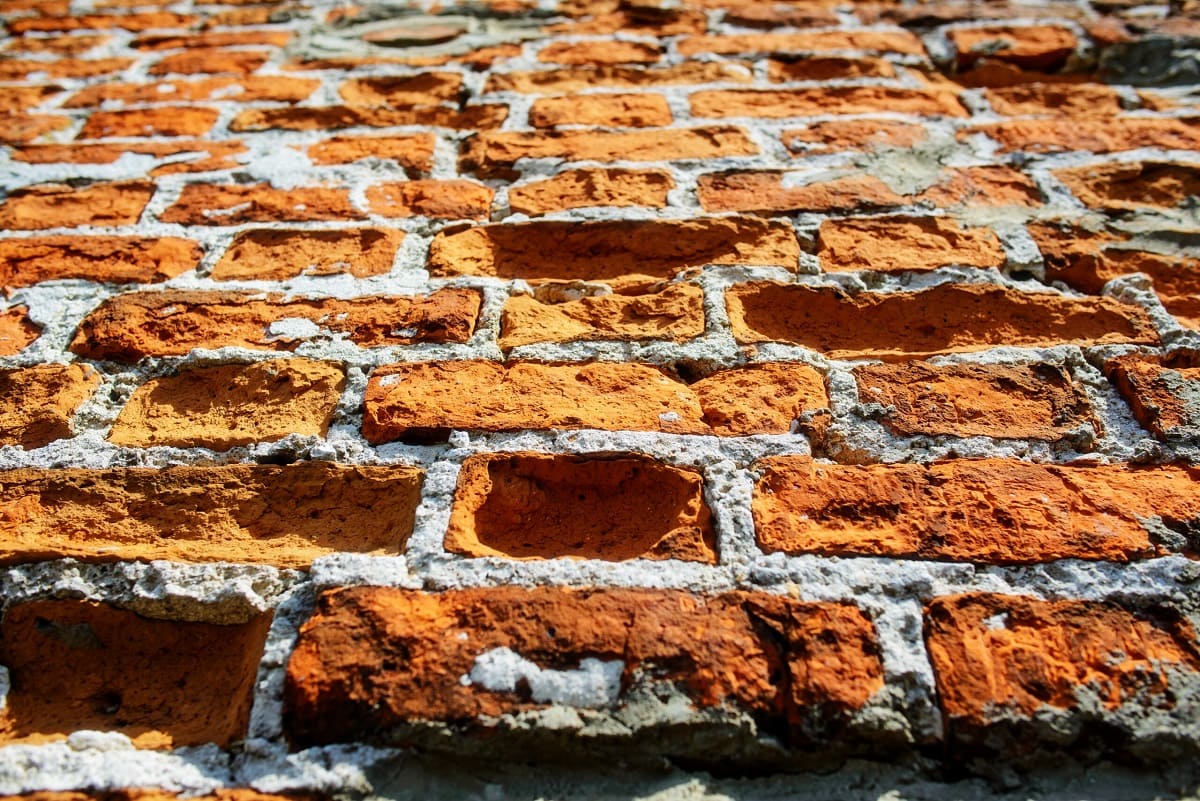
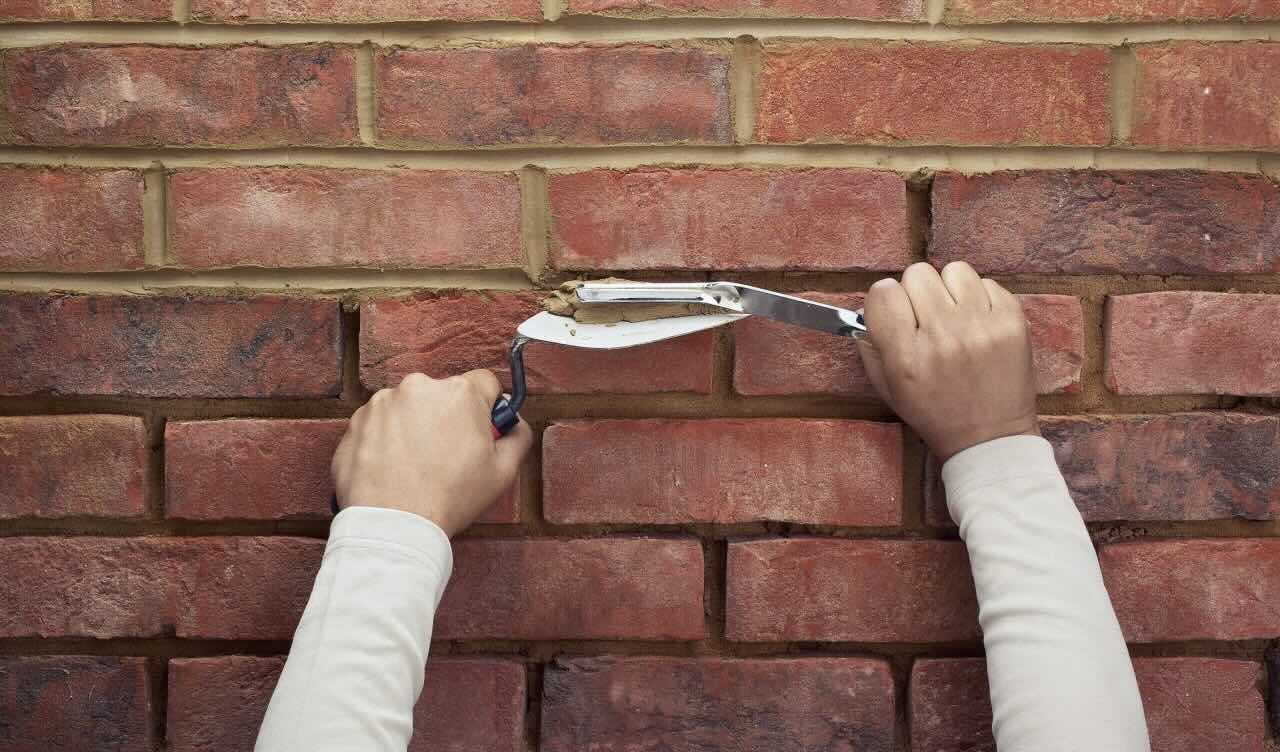
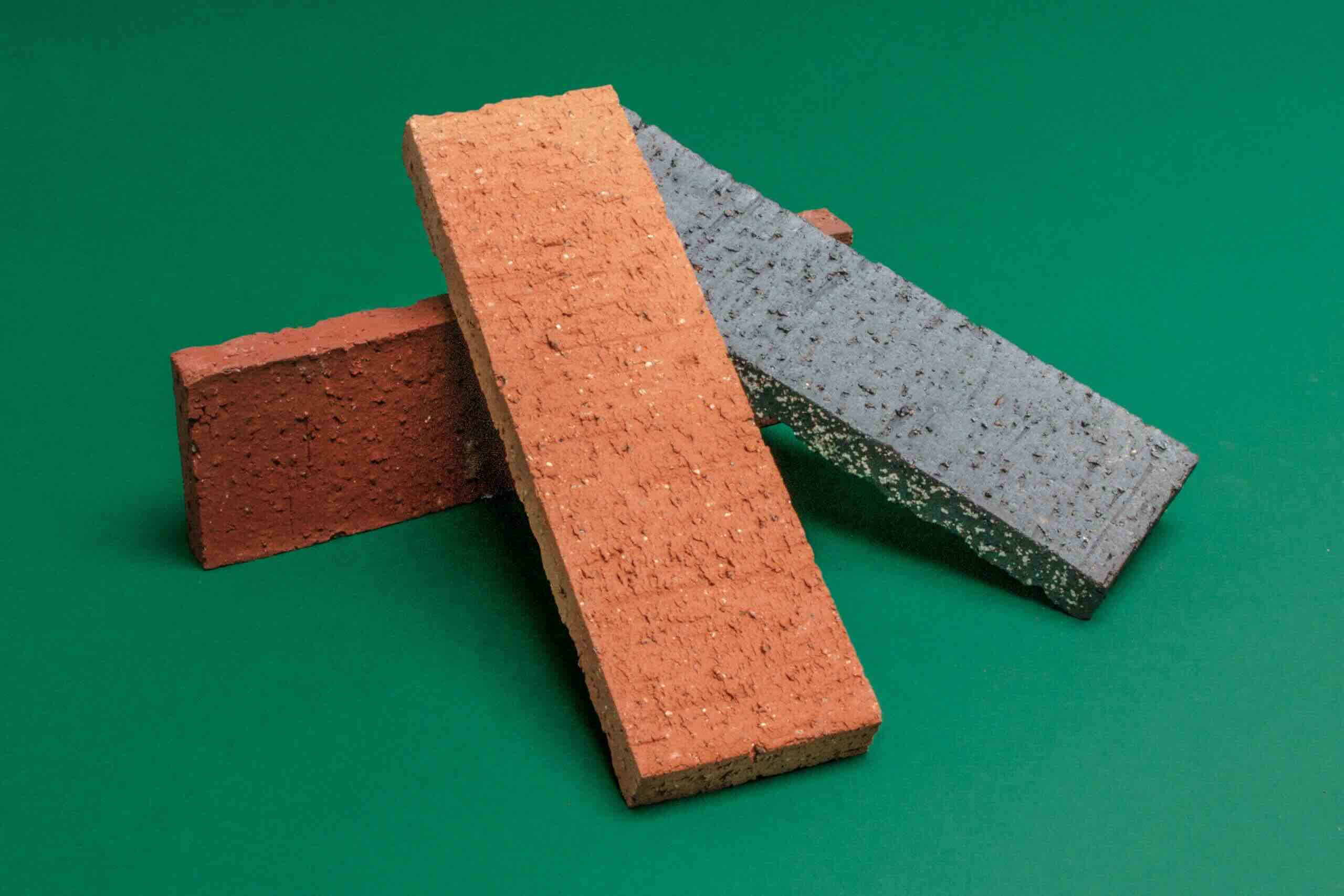
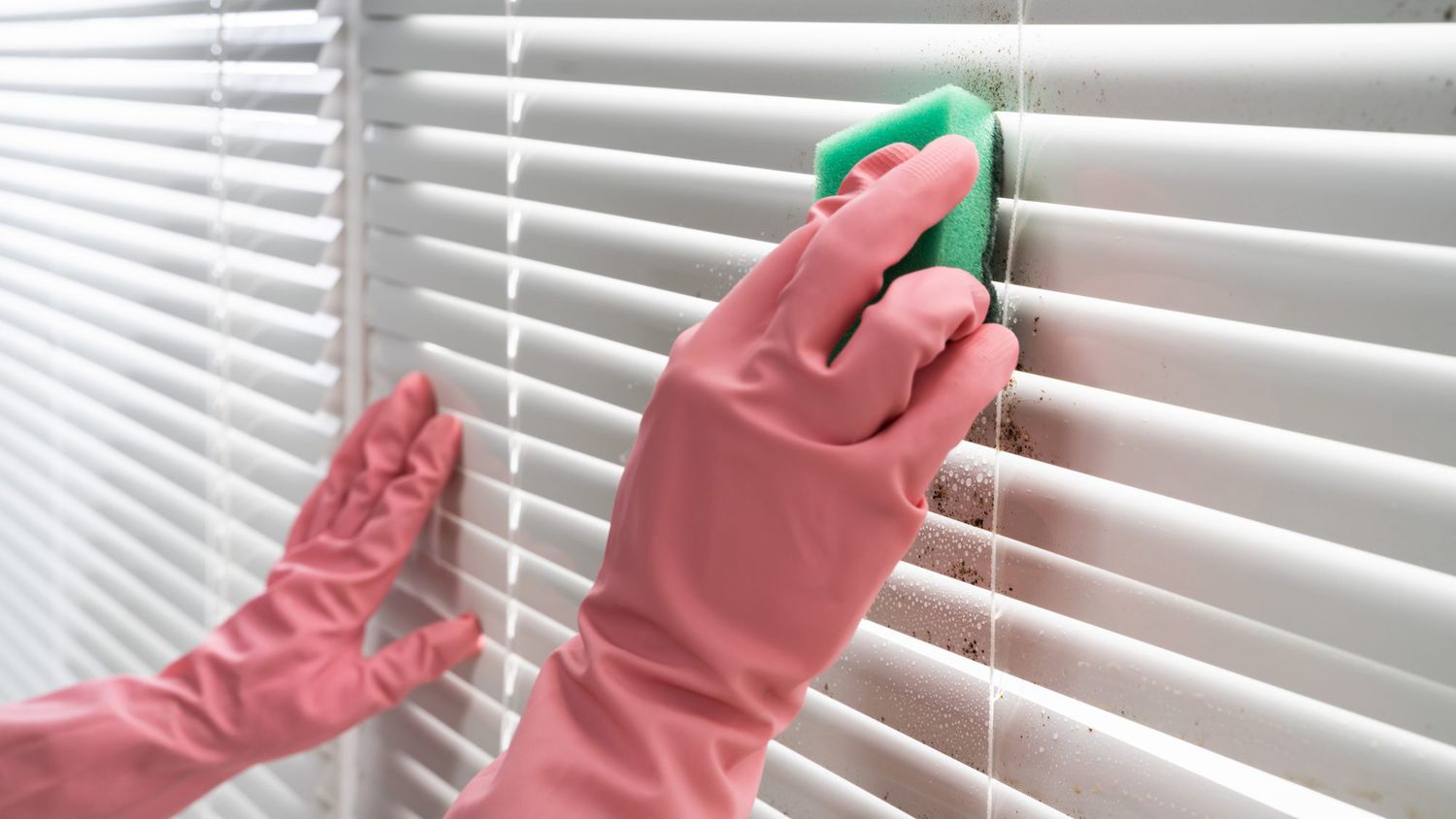
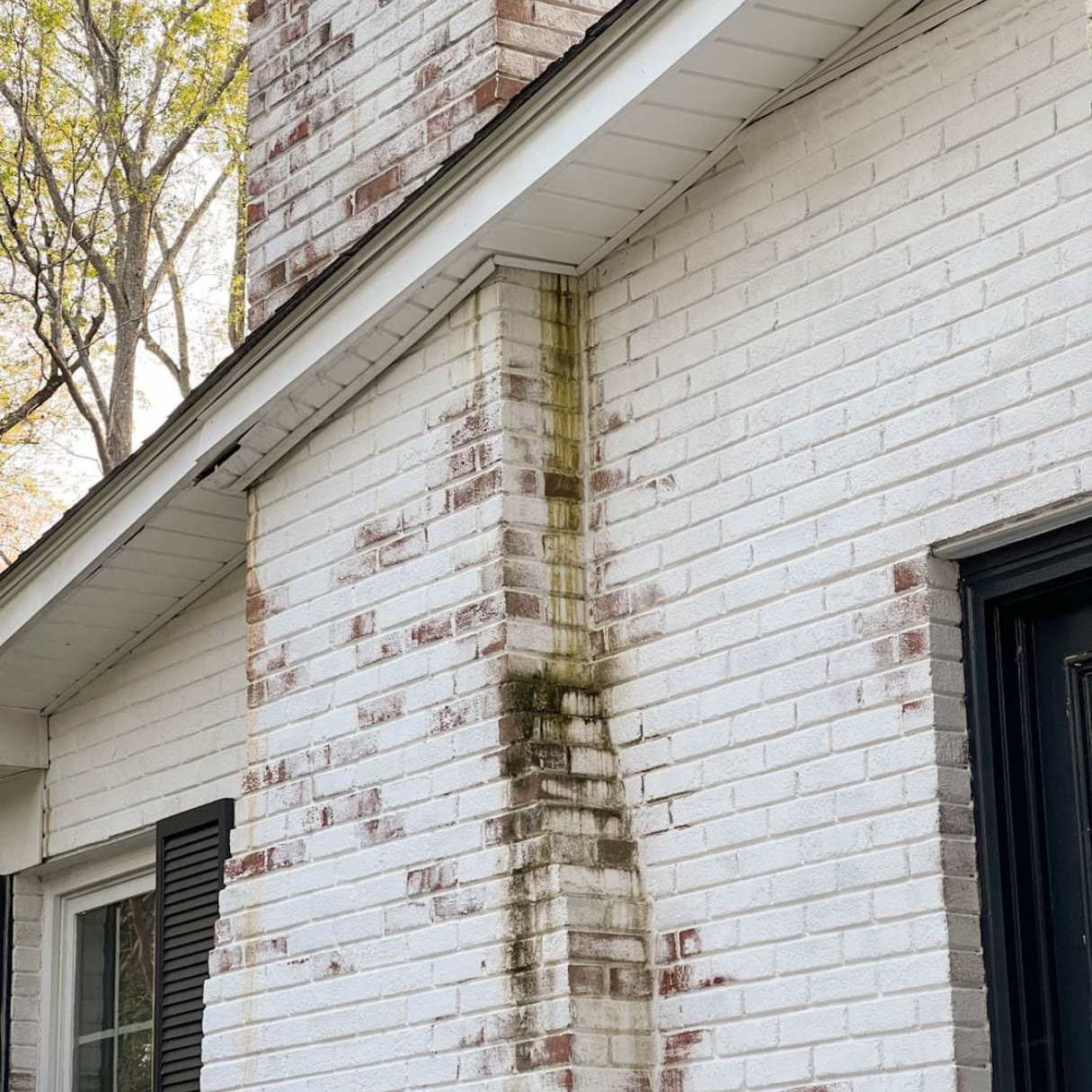
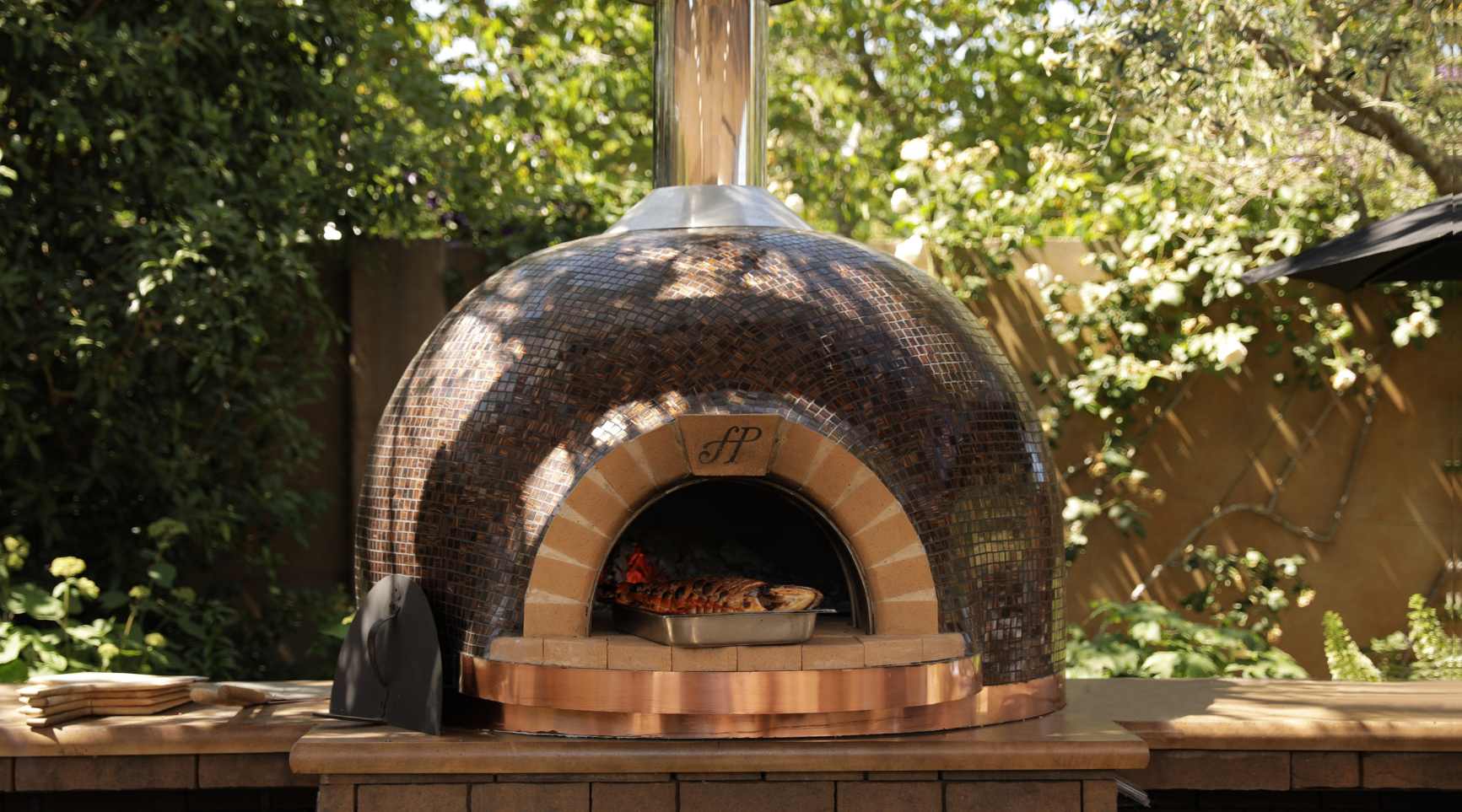
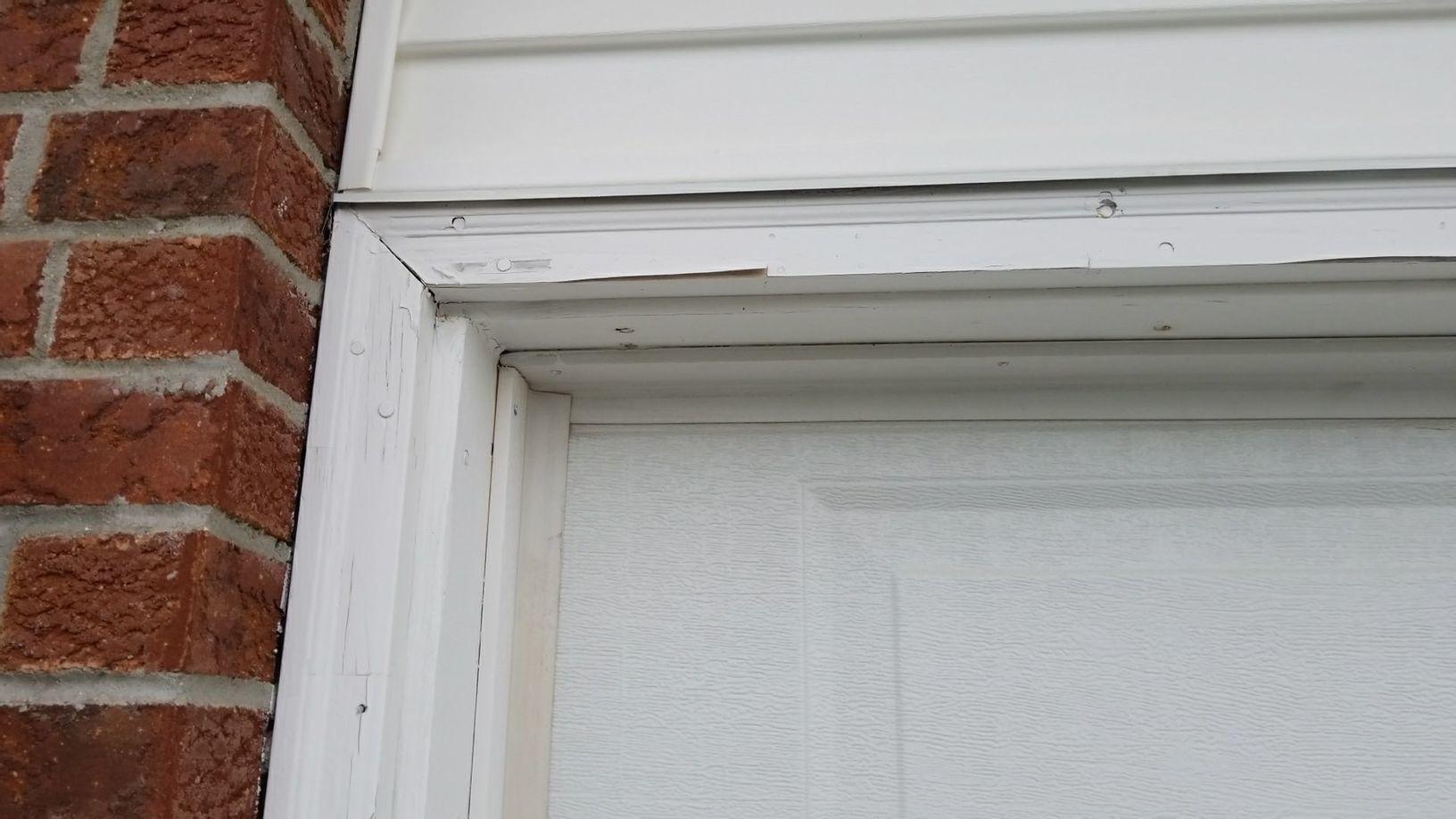
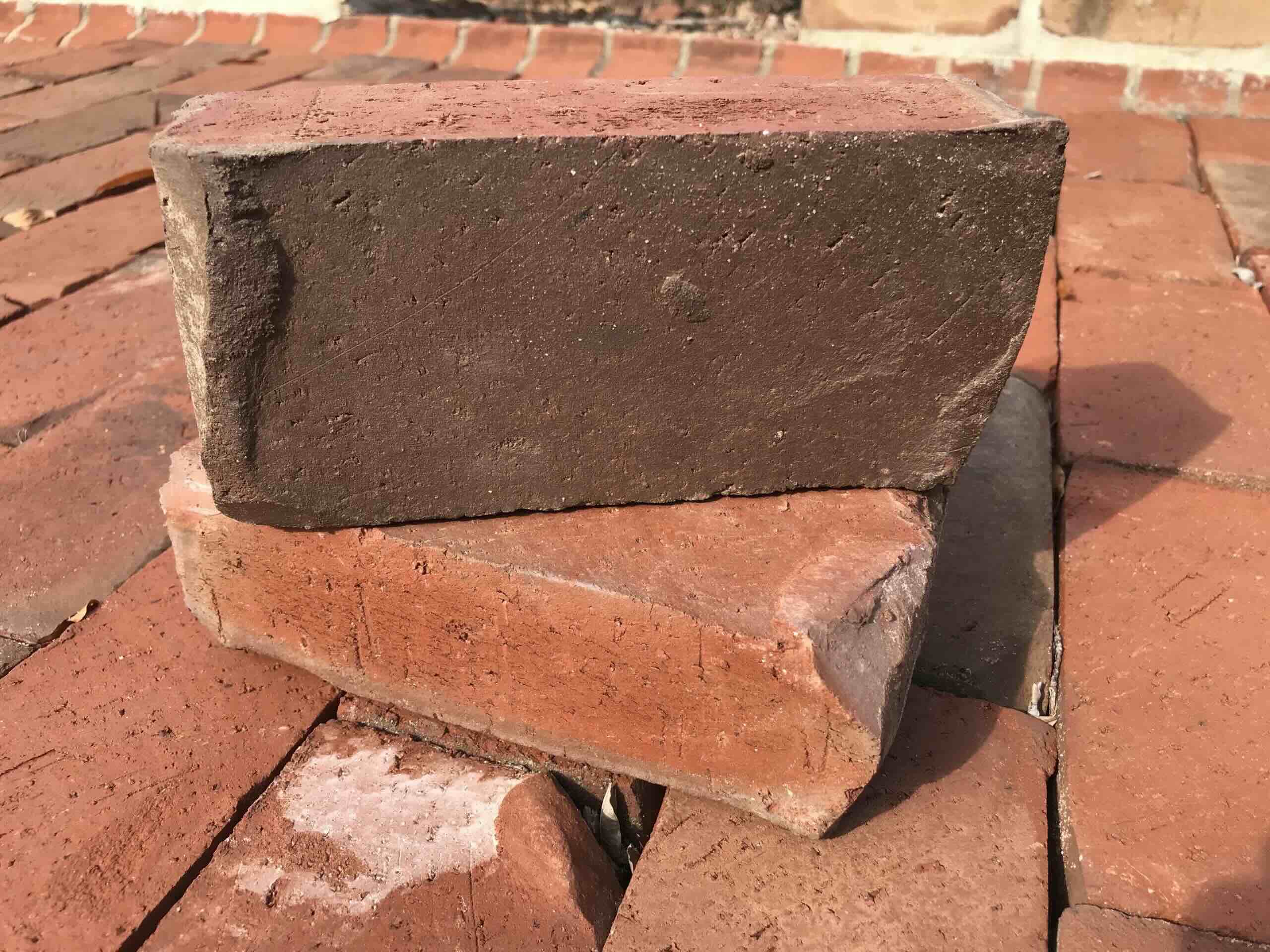

0 thoughts on “What Is Faux Brick”